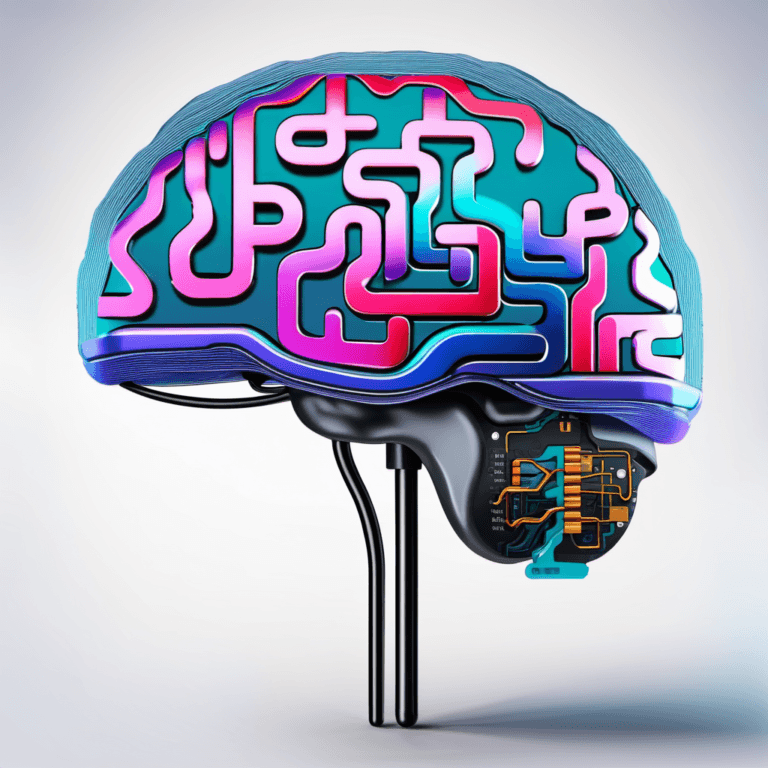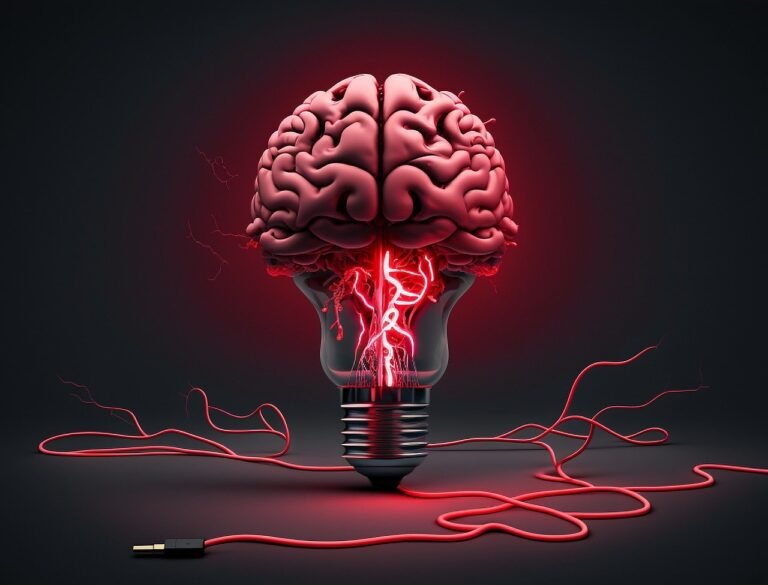Exploring the Fascinating World of BCI and Visual Cortex Research
Introduction
Advancements in neuroscience and technology have opened up a whole new realm of possibilities for understanding and interacting with the human brain. One such groundbreaking innovation is the development of Brain-Computer Interfaces (BCIs). BCIs allow direct communication between the brain and external devices, offering tremendous potential for individuals with disabilities and opening up exciting avenues for research and exploration. In this article, we will delve into the fascinating world of BCIs, with a specific focus on research related to the visual cortex, the progress made through animal testing, and the promising future that lies ahead.

Main Points
1. Understanding the Visual Cortex
The visual cortex, located in the occipital lobe at the back of the brain, plays a crucial role in processing visual information. It is responsible for interpreting and making sense of the visual stimuli received by our eyes. Researchers have long been intrigued by the possibility of directly interfacing with the visual cortex to restore vision in individuals with visual impairments.
2. Animal Testing and Progress
Animal testing has played a vital role in advancing our understanding of the visual cortex and developing BCIs. Scientists have successfully implanted electrodes into the visual cortex of animals, such as monkeys and rats, to record neural activity and decode visual information. These experiments have provided valuable insights into how the visual cortex processes information and have paved the way for future human trials.
3. Restoring Vision with BCIs
The ultimate goal of visual cortex research is to develop BCIs that can restore vision in individuals who have lost it due to injury or disease. By recording neural activity from the visual cortex and translating it into visual information, researchers aim to create visual prosthetics that can bypass damaged or non-functional parts of the visual system. Although still in the experimental stage, early studies have shown promising results, with some individuals reporting the ability to perceive simple visual patterns.
4. Challenges and Ethical Considerations
While the progress made in visual cortex research is remarkable, several challenges and ethical considerations need to be addressed. The complexity of the visual cortex, the need for precise electrode placement, and the potential risks associated with invasive procedures are some of the hurdles that researchers face. Additionally, ensuring the ethical treatment of animals involved in testing and considering the potential long-term effects on human subjects are crucial aspects that demand careful attention.
5. Goals of research:
- Restoring vision: This is a major focus, aiming to help individuals with blindness or severe vision loss regain some level of sight by stimulating the visual cortex directly with implanted electrodes.
- Augmenting vision: Research is exploring how BCIs can enhance normal vision, potentially improving capabilities like depth perception, object recognition, or night vision.
- Brain-machine interfaces (BMIs) for vision: This involves using BCIs to control external devices like robotic arms or augmented reality displays, creating a new way for people with visual impairments to interact with the environment.
- Understanding the visual system: By directly recording signals from the visual cortex, researchers can gain a deeper understanding of how the brain processes visual information.

6. Current research:
- Visual prostheses: Several groups have developed BCI-based visual prostheses that stimulate the visual cortex to create phosphenes (flashes of light) that users can learn to interpret as shapes, letters, or even simple scenes.
- Cortical visual prostheses: These systems stimulate specific areas of the visual cortex corresponding to specific visual features, allowing for more detailed perception.
- Intracortical visual prostheses: These involve implanting electrodes directly into the visual cortex, offering the highest potential resolution and fidelity.
- Closed-loop BCIs: These systems use real-time feedback from the brain to adjust stimulation parameters, improving the effectiveness and user experience.
7. Challenges and limitations:
- Safety: Implanting electrodes into the brain carries inherent risks, and long-term safety of chronic implantation requires careful monitoring and evaluation.
- Resolution and fidelity: Current BCI systems still offer limited resolution and fidelity compared to natural vision.
- Ethical considerations: Issues like data privacy, informed consent, and potential for misuse require careful ethical consideration.
- Cost and accessibility: BCI technology is still expensive and not readily available, limiting its accessibility.
8. Future outlook:
The field of invasive BCI and the visual cortex is rapidly advancing, with significant progress being made in restoring and augmenting vision. While challenges remain, the potential benefits for individuals with vision loss and the broader understanding of the visual system are significant. Ethical considerations and responsible development will be crucial as this technology continues to evolve.
Additional resources:
- National Institutes of Health: https://www.ninds.nih.gov/
- Brain Initiative: https://braininitiative.nih.gov/
- Second Sight Medical Products: https://www.secondsight.ai/
- Bionic Vision Technologies: https://bionicvis.com/
Conclusion
The field of brain-computer interfaces and visual cortex research holds immense promise for the future. The ability to restore vision in individuals who have lost it is a goal that could change countless lives. While there is still much work to be done, the progress made through animal testing and the advancements in technology are encouraging. As researchers continue to refine their techniques and address the challenges ahead, we can look forward to a future where BCIs unlock new possibilities for individuals with visual impairments. Exciting times lie ahead as we explore the intricate workings of the human brain and harness its power to improve the quality of life for those in need.
Remember, this is just the beginning of a remarkable journey, and with continued research and innovation, we are poised to witness even more astonishing breakthroughs in the field of brain-computer interfaces and visual cortex research.
If you enjoyed this read, please leave a comment below with your thoughts. Additionally, browse around InnoVirtuoso for more articles, please! Thank you







